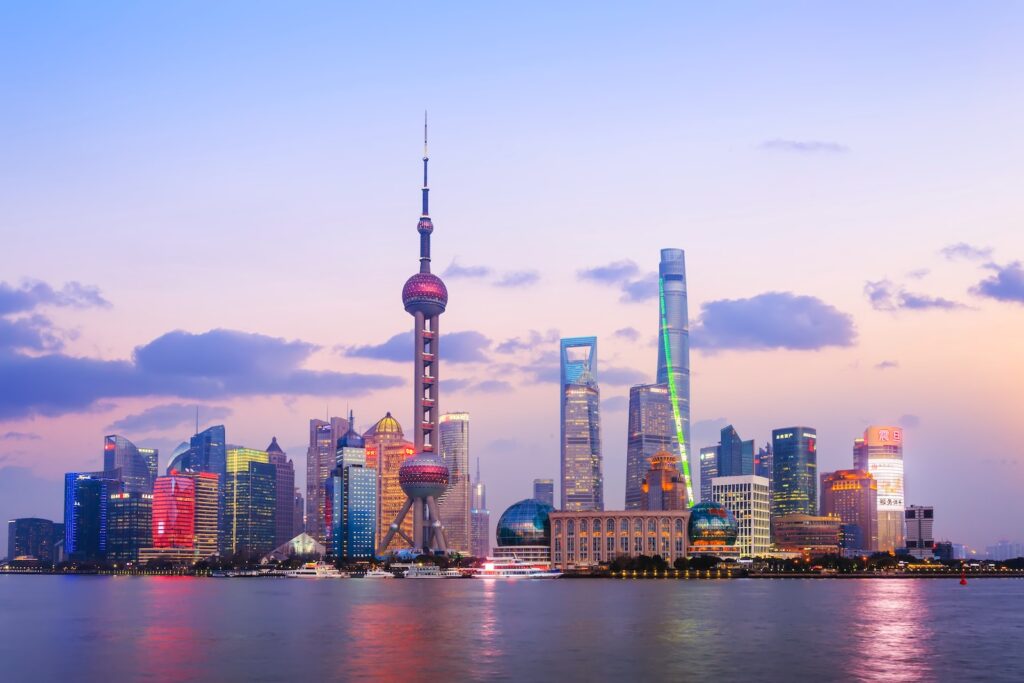Worst NO2 pollution cities revealed, experts criticise poor monitoring
A new study highlights metropolitan areas in relatively prosperous countries have serious nitrogen dioxide problems, which are comparatively overlooked by policymakers.
Research by the U.S. Health Effects Institute has revealed the world’s worst cities for nitrogen dioxide (NO2) pollution, which has serious implications for public health and the environment.
Overall, the Chinese megacity of Shanghai (pictured) topped the list, with NO2 levels exceeding 40µg/m3. This was followed by Russia’s capital, Moscow, and Iran’s biggest sprawl, Tehran. St Petersburg, and Beijing complete the top five. Elsewhere, Ashgabat in Turkmenistan, the Belarussian city of Minsk, Istanbul, Turkey, and Ho Chi Minh City, Vietnam, all featured in the top 10. It’s also worth noting China is home to 18 of the most-improved cities for NO2 levels.
In order to conduct the study, scientists used satellite data and ground-level readings to compile a global picture of fine particulate (PM2.5) and NO2 air pollution in more than 7,000 cities across the world for the new State of the Global Air report. Overall, the work concluded that, in comparison to pollutants such as PM2.5, larger PM10, and carbon dioxide, the issue of NO2 was far less widely studied, with much weaker infrastructure in place to monitor the situation. Specifically a limited number of stations capable of detecting the gas was cited as a major issue.
While NO2 is not considered to pose the same mortality risk as PM2.5, it is linked to a number of serious health problems, including childhood asthma, and severe breathing difficulties in vulnerable people. A 2021 study also found increased risk of heart-related deaths from NO2. Public health aside, the pollutant has a significant impact on the environment, causing damage to foliage, reducing crop yields and limiting flora growth. Currently, just 74 countries have ground-level monitoring in place for the gas, compared with 117 now closely tracking PM2.5.
Image credit: Edward He



















The entire pollution v health debate overlooks the most critical point of Worst Case Scenario. As C.M.O Sally Davies pointed out in her recommendations – “There is no safe level of pollution!”. Most importantly there are two aspects to the health questions i.e. long term exposure to low levels, and short term exposure to high levels of pollutants.
The current system of annual returns is seriously flawed in that national information is only only gathered annually and is usually supplying only 2 year old data. Furthermore, there is an over-reliance on diffusion tube monitoring included with digital information. There is no way that the annual statistics can be accurate.
Local authorities can reduce the annual returns simply by putting out more diffusion tubes into known zero areas and then include the figures in the statutory returns. Also, diffusion tubes records can, and have been under reported to escape DEFRA fines! (e.g.Middlewich). I has long been known that this deliberate corruption of data has provided an escape route for unscrupulous councils.
In a digital era we must not confuse data by including inaccurate, or corrupt information to deliberately lower figures returned to D.E.F.R.A.